Image of 1946 Jeep Willys, Note: These illustrations use artistic license and may differ from actual historical models.
Performance Metrics
Fundamental Metrics
Emotional Appeal
MMP Rating
| Engine Specifications | |
|---|---|
| Engine Options: | L134 Go Devil I4 |
| Displacement Range: | 134.2 cu in (2.2 L) |
| Horsepower Range: | 60 hp at 4000 rpm |
| Torque: | 105 lb-ft at 2000 rpm |
| Compression Ratio: | 6.48:1 |
| Ignition System: | Battery and coil |
| Cooling System: | Liquid-cooled |
| Performance Specifications | |
| 0-60 Time: | Not available due to the vehicle's age and purpose |
| 1/4 Mile Time: | Not available due to the vehicle's age and purpose |
| Top Speed: | 65 mph |
| Transmission and Drive | |
| Drive Type: | 4WD |
| Transmission Type: | T-90 3-speed manual |
| Fuel and Efficiency | |
| Fuel System Type: | Carter WO-596S one-barrel carburetor |
| MPG: | 15-20 mpg |
| Dimensions and Brakes | |
| Brakes: | Hydraulic drum brakes |
| Wheelbase: | 80 in (203 cm) |
| Weight: | 2,293 lbs (1,040 kg) |
Note: Specifications for classic cars are given to the best of our ability, considering the limited and variant data available.
The Unyielding Legacy of the 1946 Jeep Willys
The 1946 Jeep Willys is not just a vehicle; it's a rolling testament to resilience and innovation. Born in the aftermath of World War II, the Jeep Willys emerged as a symbol of American ingenuity and the newfound spirit of adventure. Manufactured by Willys-Overland Motors, a company that played a pivotal role in mobilizing the Allied forces, this vehicle transitioned from military hero to civilian workhorse with remarkable ease. A unique fact that often surprises enthusiasts is that the Jeep's rugged design was the result of a mere seven-week development period – a testament to the urgency and innovation of wartime production.
Design and Innovation
The exterior of the 1946 Jeep Willys was a study in functional design, with its flat fenders, simple round headlights, and iconic seven-slot grille that would become the face of an off-roading legend. Inside, the utilitarian approach continued, with a focus on durability over comfort. The materials used were robust and straightforward, built to withstand the elements rather than coddle its occupants. Technologically, it featured innovations like a four-wheel-drive system that was ahead of its time, offering unmatched capability in rugged terrain. While color options were limited compared to modern standards, the classic Army Green became synonymous with the vehicle's heritage. The most iconic body style was undoubtedly the open-top version, which offered a visceral connection to the great outdoors.
Historical Significance
The Jeep Willys didn't just influence automotive design; it revolutionized it. Its four-wheel-drive system set a new standard for off-road vehicles, and its versatility made it indispensable in both rural and urban settings. The Jeep's ability to traverse almost any terrain set it apart from contemporaries and carved out a new niche in the automotive market that persists to this day.
Performance and Handling
Performance-wise, the 1946 Jeep Willys wasn't about breakneck speed; it was about steadfast reliability. With a top speed that hovered around 60 mph and modest acceleration, it was designed for endurance rather than sprints. Handling was straightforward and honest – drivers could feel every bump and turn, which was part of the charm. The driving experience was raw and unfiltered, with the unmistakable growl of the engine serving as the soundtrack for countless adventures.
Ownership Experience
The Jeep Willys was as versatile in its uses as it was in its capabilities. It served as a daily driver for many, while others showcased its rugged beauty at car shows or used it for recreational off-roading. Maintenance was relatively simple, reflecting its utilitarian military roots, making it an accessible piece of history for enthusiasts to keep alive.
Fun Facts
This stalwart vehicle has seen its share of limelight and historical moments. From being featured in war movies to being a favorite among celebrities like Ronald Reagan, the Jeep Willys holds a special place in American culture. Despite criticisms over comfort and on-road handling, its historical significance and off-road prowess have always taken center stage.
Collector's Information
Today, the 1946 Jeep Willys is a cherished collector's item. While production numbers during its time were substantial due to military demand, finding one in good condition can be challenging. Values can vary widely but expect well-restored examples to fetch anywhere from $15,000 to $30,000 or more at auction. As with many classic vehicles, prices tend to appreciate over time, especially for models that are restored with original parts and specifications.
Conclusion
The 1946 Jeep Willys is more than just a vehicle; it's an enduring icon of American history. Its design, performance, and versatility have cemented its place in the pantheon of classic automobiles. Whether you're an off-road enthusiast, a history buff, or simply someone who appreciates timeless design, the Jeep Willys stands as a proud reminder of where we've been and how far we've come.
1946 Jeep Willys Catalog of Parts
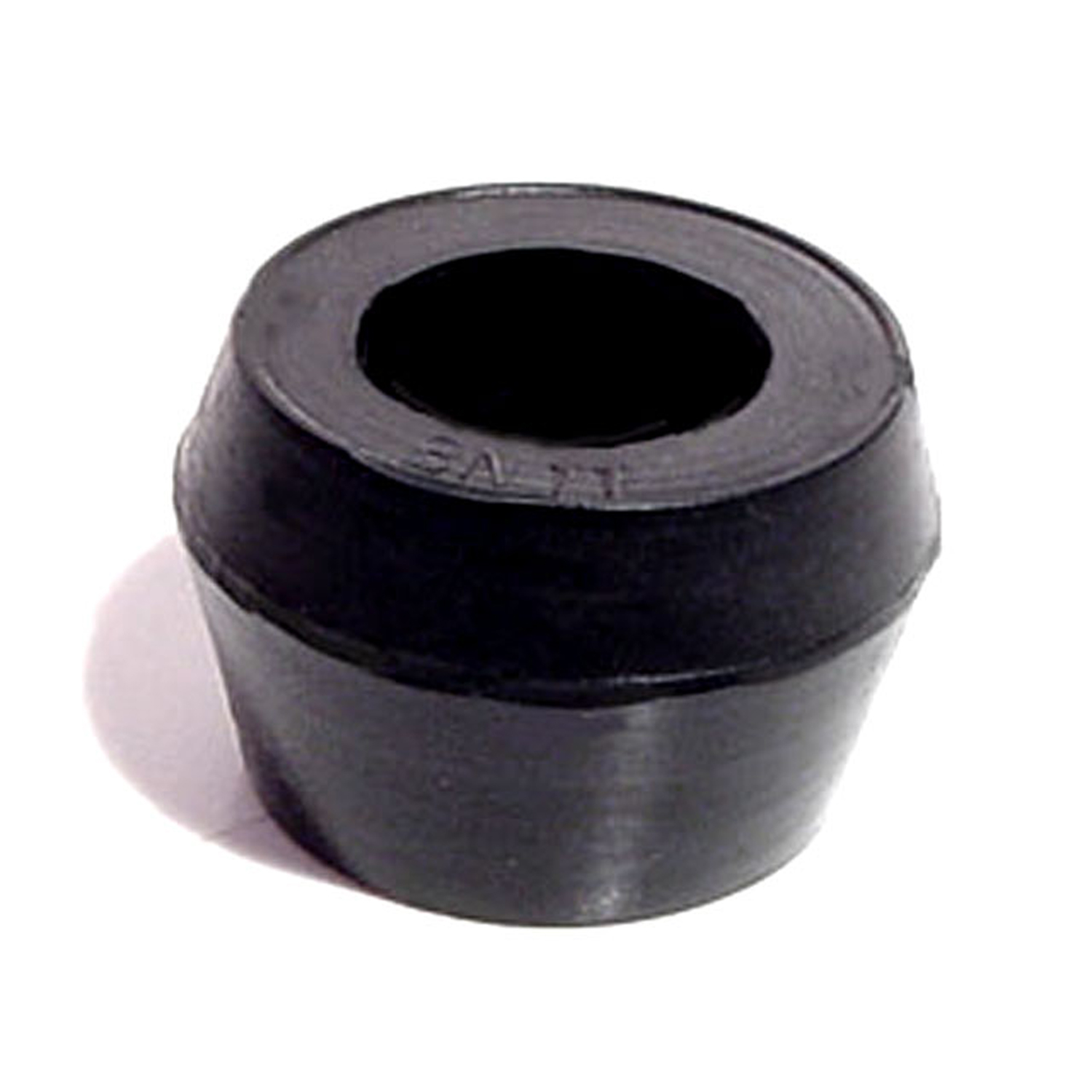 1946 Jeep Willys Shock Absorber Grommet. 1" bottom O.D-BN 11Shock Absorber Grommet. 1" bottom O.D., 3/4" high, with 5/8" I.D. Each
1946 Jeep Willys Shock Absorber Grommet. 1" bottom O.D-BN 11Shock Absorber Grommet. 1" bottom O.D., 3/4" high, with 5/8" I.D. Each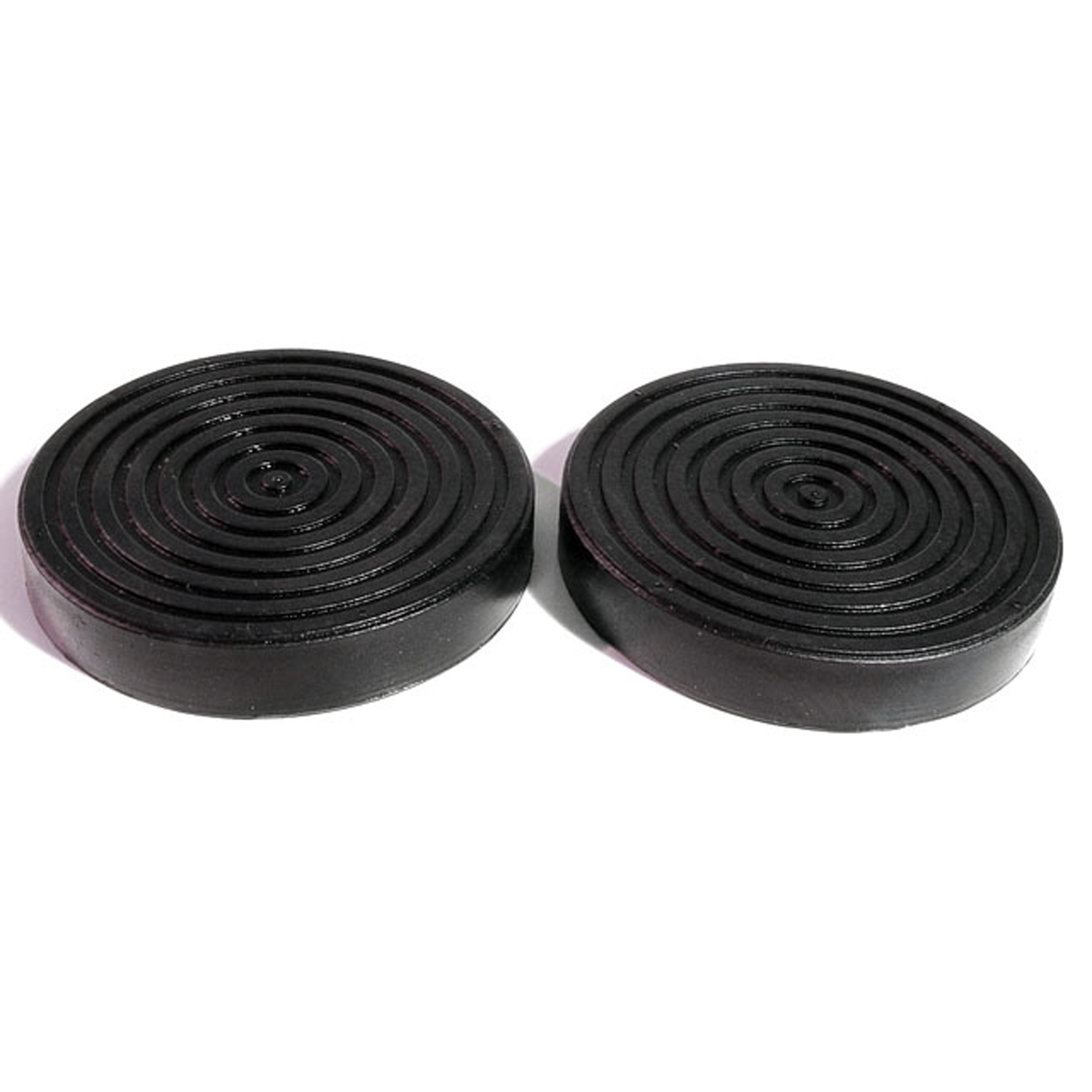 1946 Jeep Willys Clutch and Brake Pedal Pads. 3" Diameter. Pair-CB 61Clutch and Brake Pedal Pads. 3" Diameter. Pair
1946 Jeep Willys Clutch and Brake Pedal Pads. 3" Diameter. Pair-CB 61Clutch and Brake Pedal Pads. 3" Diameter. Pair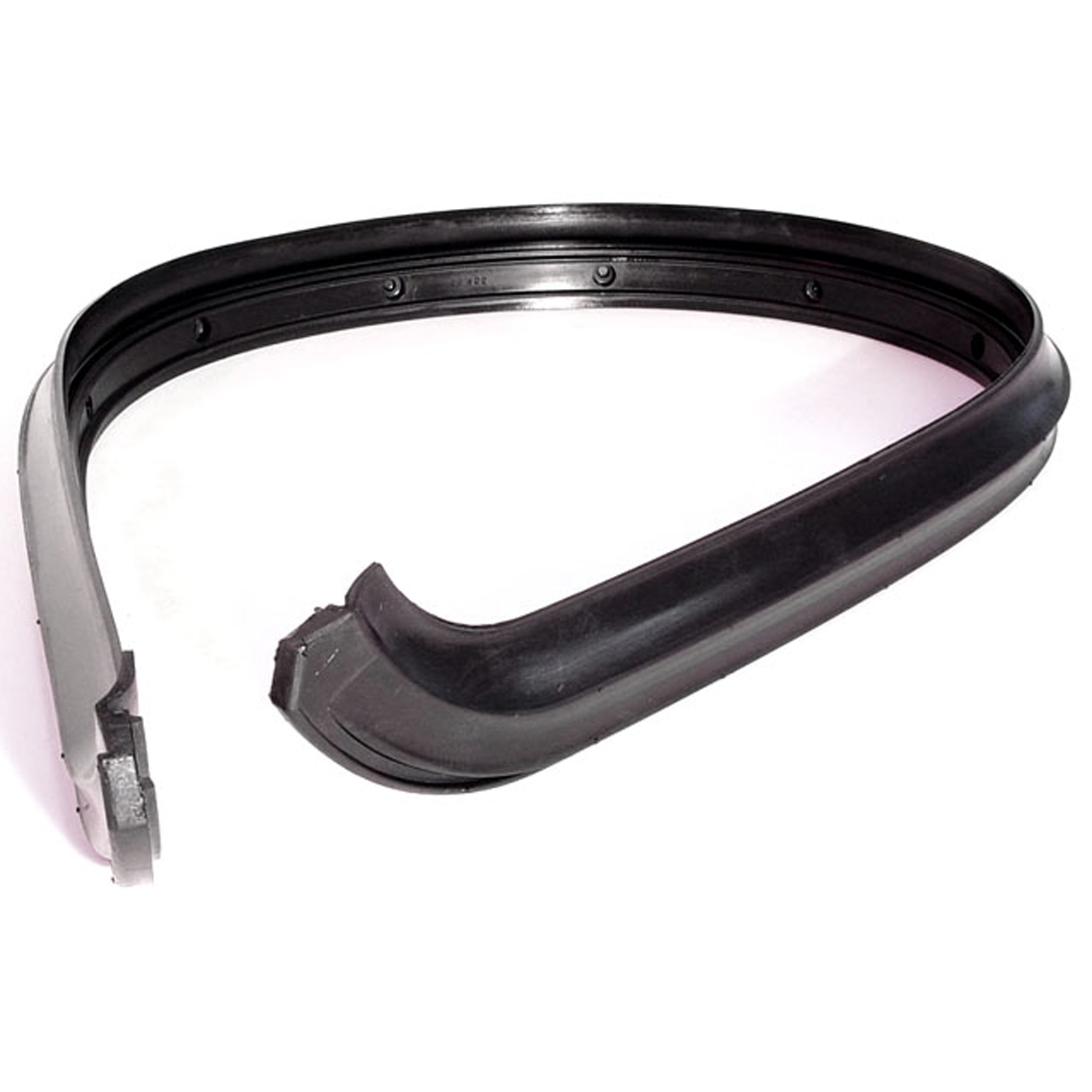 1946 Jeep Willys Windshield to Cowl Seal. 55-1/2" long. Each-CS 102Windshield to Cowl Seal. 55-1/2" long. Each
1946 Jeep Willys Windshield to Cowl Seal. 55-1/2" long. Each-CS 102Windshield to Cowl Seal. 55-1/2" long. Each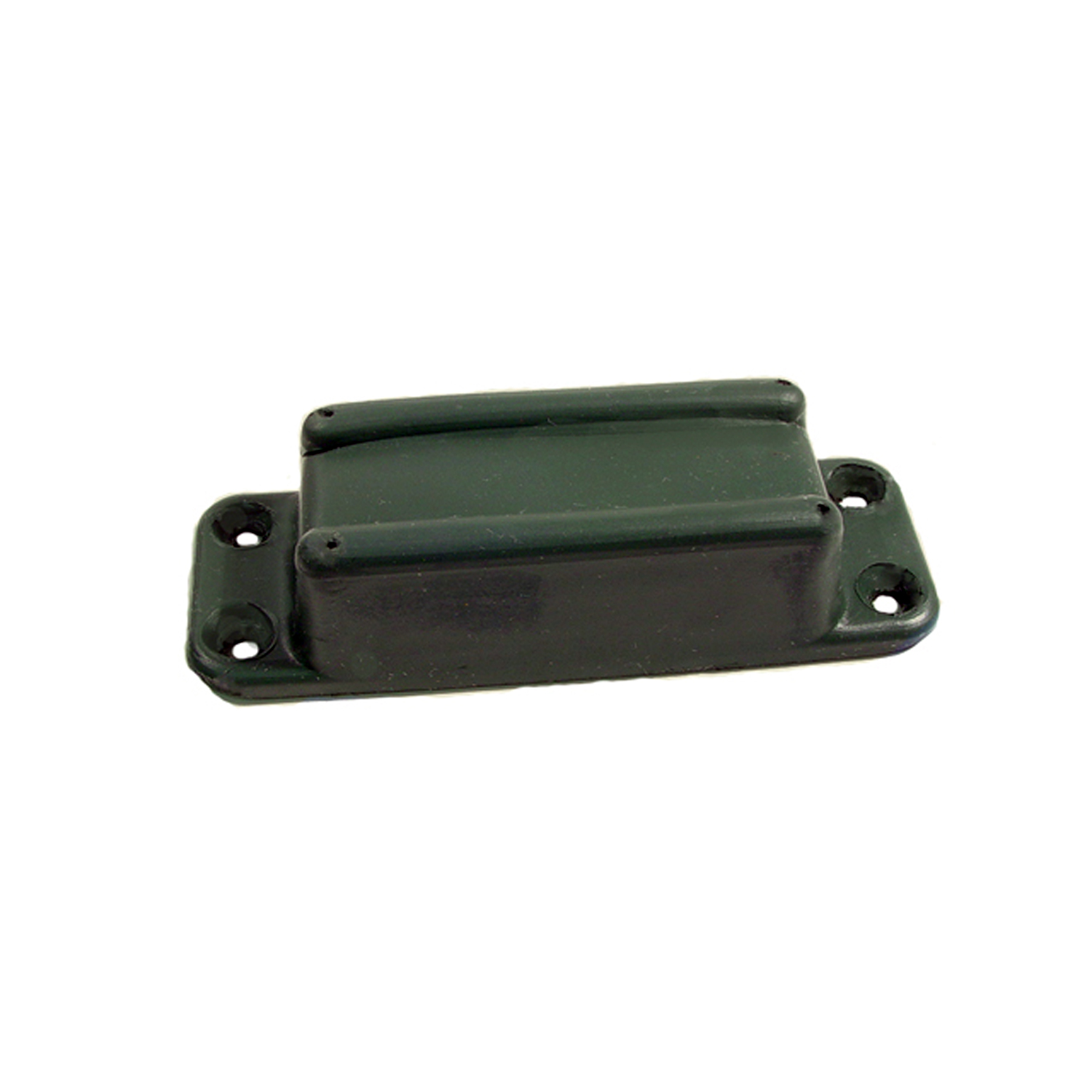 1946 Jeep Willys Hood Bumper Block. Made with steel core like original-HF 30Hood Bumper Block. Made with steel core like original. Green in color. 1-1/4" high. Each
1946 Jeep Willys Hood Bumper Block. Made with steel core like original-HF 30Hood Bumper Block. Made with steel core like original. Green in color. 1-1/4" high. Each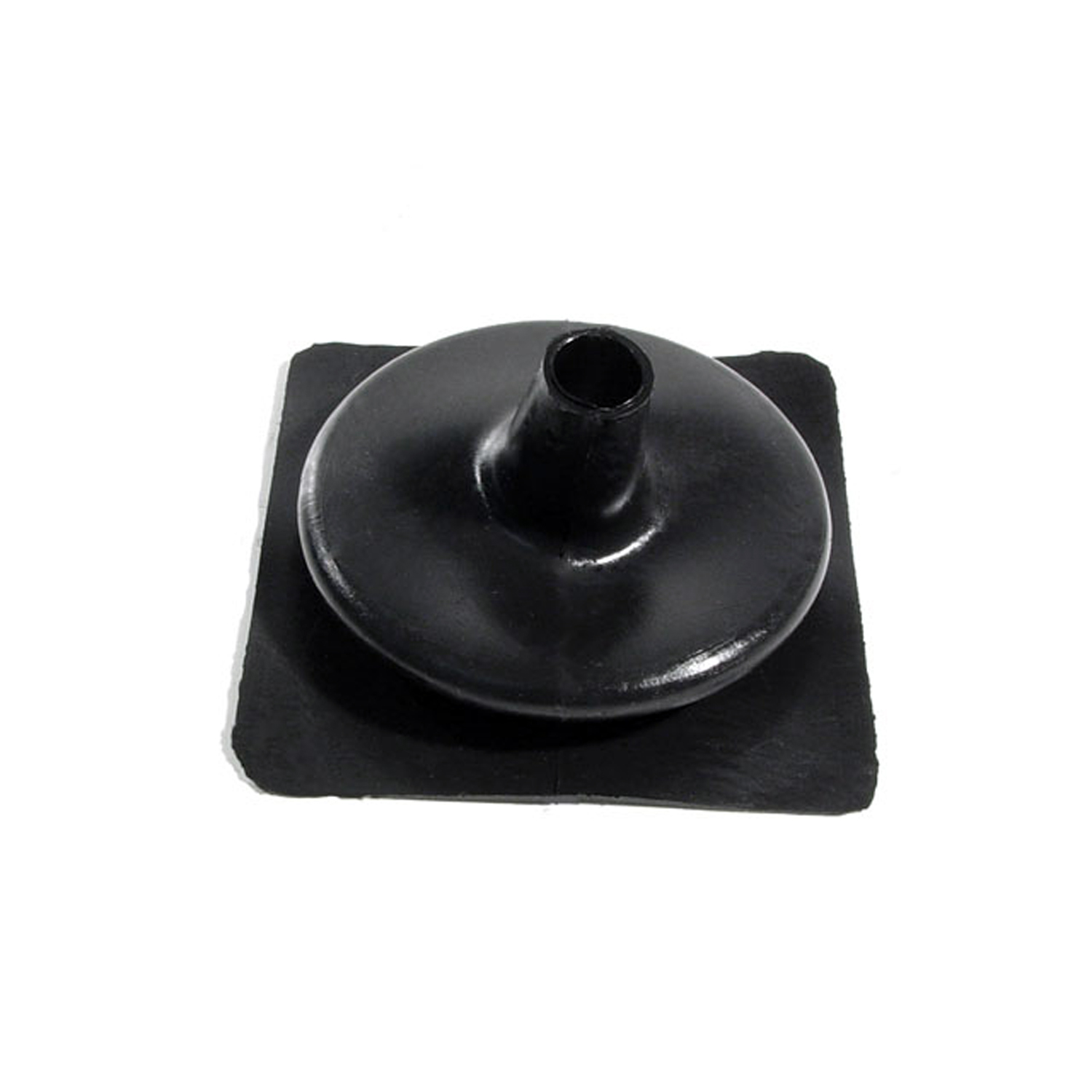 1946 Jeep Willys Dust Boot. For vehicles with power take off. Each-RP 34-JDust Boot. For vehicles with power take off. Each
1946 Jeep Willys Dust Boot. For vehicles with power take off. Each-RP 34-JDust Boot. For vehicles with power take off. Each 1946 Jeep Willys Horn Button Cap, 1-1/4" O.D. Each-RP 600-JHorn Button Cap, 1-1/4" O.D. Each
1946 Jeep Willys Horn Button Cap, 1-1/4" O.D. Each-RP 600-JHorn Button Cap, 1-1/4" O.D. EachWhy Choose Metro?
For over 100 years, Metro Moulded Parts has been the pinnacle of quality in classic car restoration parts. Our commitment to precision and authenticity in every component ensures a perfect fit and an OEM-level appearance.
- Expert Craftsmanship & Quality: Each part is a testament to our dedication to reliability and perfection, crafted from original designs and thoroughly tested.
- Advanced Technology: We use cutting-edge techniques to create flawless, long-lasting parts that surpass others in performance.
- SuperSoft Sponge – The Ultimate Door Seal: Not only are our door seals 30% softer than competitors', but they're also guaranteed to never leak. They effectively reduce wind and road noise, enhancing your classic car's comfort and driving experience.
- Proudly American: Our parts are a product of American craftsmanship, made in the USA with a spirit of excellence and heritage.
- Unrivaled Warranty: We back our products with a 30-year industry-leading warranty, a testament to our confidence in their quality.
Join us in preserving the legacy of classic cars with parts that are crafted for perfection, not just made.

